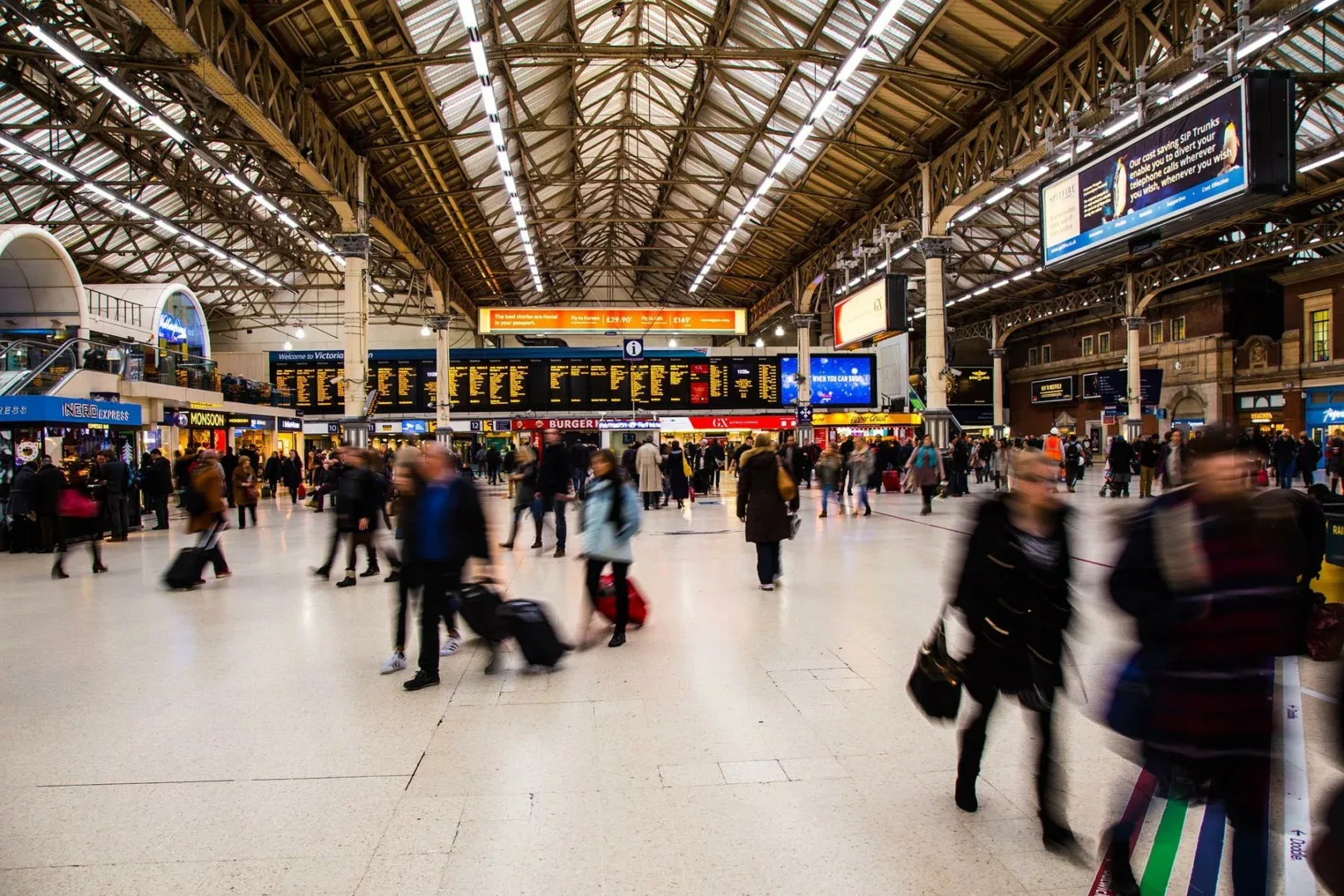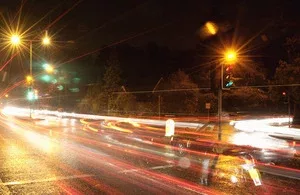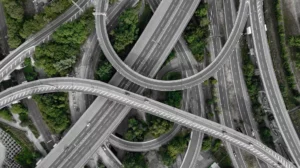Navigating transport hubs can be difficult for blind and visually impaired passengers, but advances in technology promise to revolutionise people’s lives, according to the University of Birmingham.
In today’s busy society, transport is more than just a convenient means of getting from A to B. It is a lifeblood that drives human coexistence through many aspects of our lives – whether work, education, healthcare, or leisure activities.
For blind and visually impaired passengers, navigating through a transport hub may feel like solving a monumental labyrinth. Fundamental tasks such as reading directional signs or identifying platform changes become daunting challenges. Transport systems are largely designed for sighted individuals, creating a significant accessibility gap that hinders independence and freedom for those living with a visual impairment.
Recently, our team at the University of Birmingham undertook a pioneering research project, working with BriteYellow and funded by WM5G. The project aims to address the challenging task of passenger wayfinding around railway stations.Dr Joe Preece, Research Fellow in Railway Data Analysis – Birmingham Centre for Rail Research and Education
However, there is a silver lining as technology stands poised to bridge the divide.
Recently, our team at the University of Birmingham undertook a pioneering research project, working with BriteYellow and funded by WM5G. The project aims to address the challenging task of passenger wayfinding around railway stations. Leveraging state-of-the-art technology, the project developed a detailed system that works in three distinct stages: Data Preparation, Routing Engine Bootstrap, and Intrastation Routing.
Data Preparation centres around transforming existing 2D floor plans into usable data for the algorithm. The process annotates these plans to indicate crucial elements, such as areas for vertical transportation (stairs, elevators), navigable passageways, and potential obstacles. This stage establishes a precise and comprehensive visual representation of the station’s layout.
Once the data is adequately prepared, the focus shifts to the Bootstrap Engine. In this stage, the annotated floor plans are imported and translated into navigable meshes and graph-based data structures. This conversion is essential in enabling the routing process, effectively turning the physical station into a digitally navigable environment.
The final stage, Intrastation Routing, commences once the data has been mapped out and processed. This stage employs Dijkstra’s algorithm; given a start and end point, the algorithm determines the most efficient route and generates a coordinate path in return. This path formation can then be used for Augmented Reality purposes, such as guiding a passenger through the station to their platform.
The simplicity and scalability of the pathfinding system are one of its greatest strengths. Since the application only requires 2D floorplans, incorporating new stations into the software is a straightforward process. Existing floor plans can be easily adapted and annotated, creating data sets for any station with minimal effort and resource use. Consequently, the wayfinding system can be continuously expanded and updated, keeping pace with evolving transport layouts, and ensuring the broadest coverage possible for passengers.
For visually impaired passengers, we can take this a step further. More than just presenting visual data, the application could integrate auditory aids such as verbal directions, hazard warnings, and tool-based instructions. This auditory feature would not only voice descriptions of station layouts, but also emits warnings on any impending obstacles. Moreover, it would serve as an interface to reach out to station staff, fostering a seamless communication channel for immediate assistance.
With the International Blind Sport Federation (IBSA) World Games now underway at the University of Birmingham, the timing to leverage this innovative technology couldn’t be better. But above all, it underlines our commitment to inclusivity and equal opportunity – a world where transport systems accommodate everyone, regardless of their physical abilities.
This project merely scratches the surface of the possibilities. As technology continues to evolve, so does our capacity to improve transport access for those with disabilities, bringing us one step closer that truly understands and serves all its inhabitants. After all, transport’s purpose isn’t merely to carry one to a destination, but to ensure that everyone gets there with ease, safety, and dignity. Technology may just be the compass guiding us towards this inclusive future.
Dr Joe Preece, Research Fellow in Railway Data Analysis – Birmingham Centre for Rail Research and Education





















